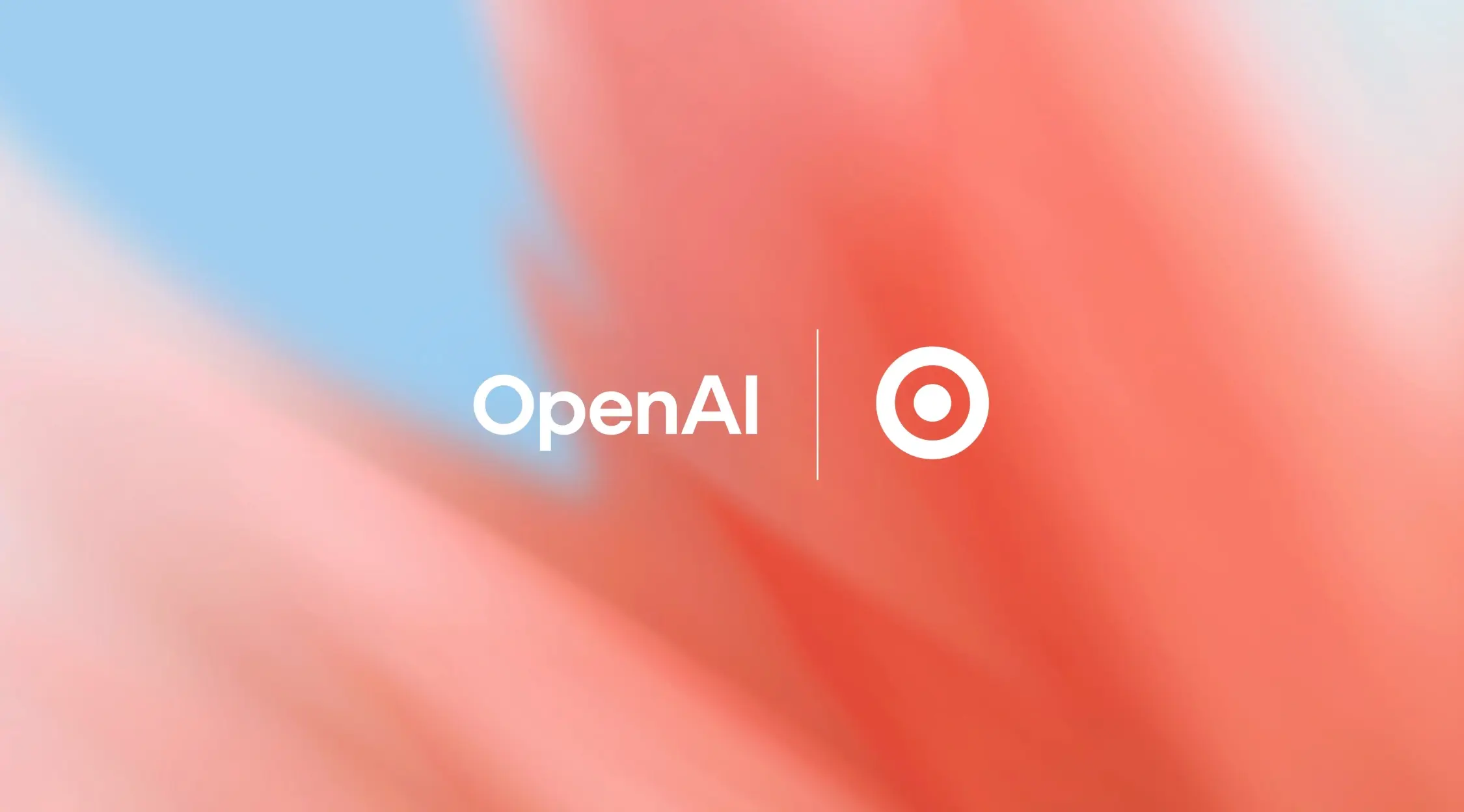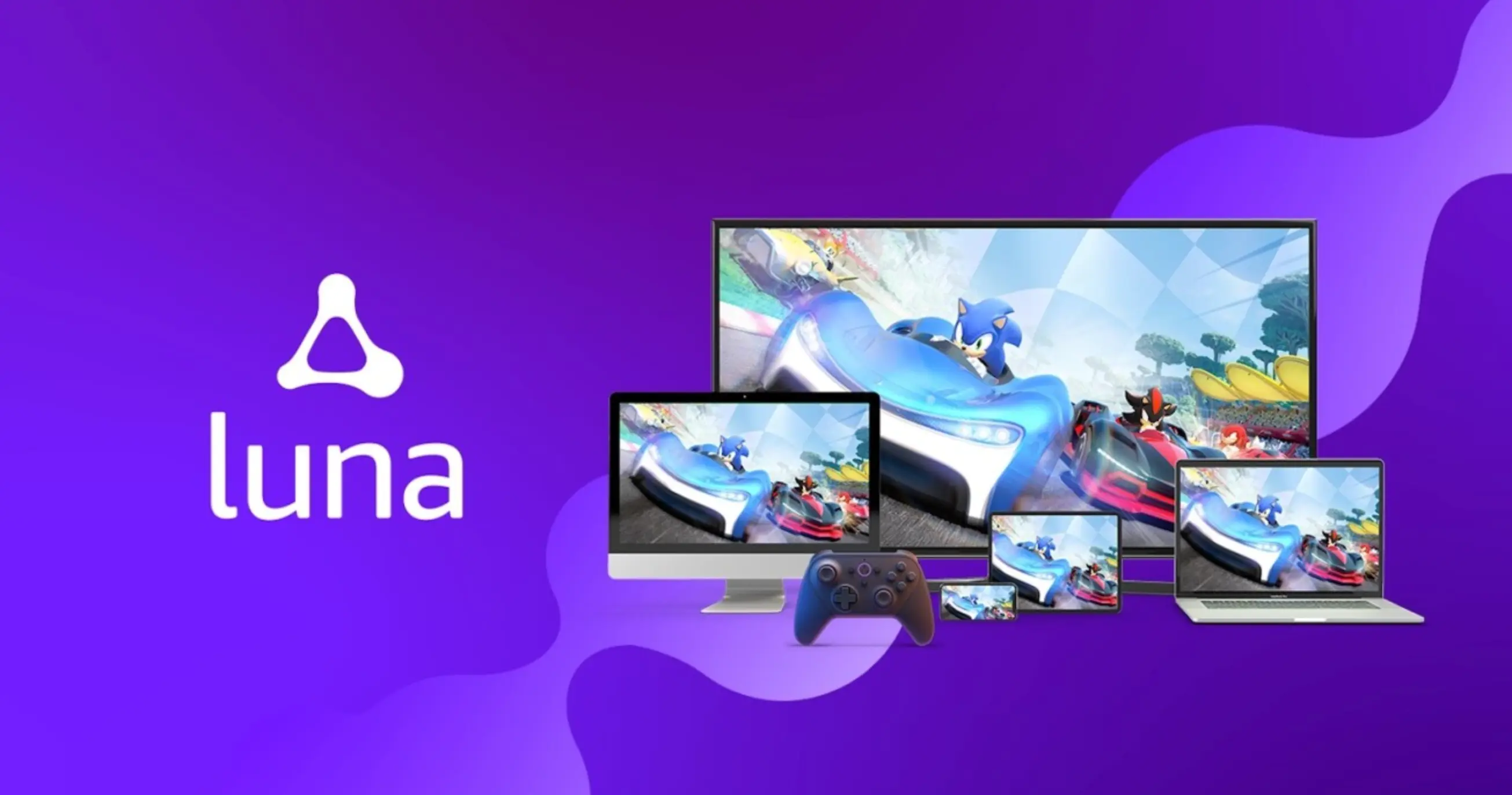Free App Economy: How to Convert Users Without Them Paying
Updated on
Published on

Offering your application for free does not mean you end up with zero revenue. In such business strategies, developers focus on gradually convincing users to convert, such as transforming them from casual browsers to paid ones.
In other cases, your user could continue enjoying your product free of charge, but you still see some revenue roll in through their loyalty. Thanks to modern monetization solutions, developers no longer need to make bold or extravagant promises to entice users into purchasing subscriptions.

First things first: monetization of free apps
Free apps differ from paid ones, as a new user doesn’t necessarily translate into an instant payday. In this case, the latest person to join your application may have no intention of converting. And they have no obligation to do so, as the app is free (and will continue to be so).
So, how do free apps make money from these casual users?
In most cases, ads are a powerful revenue machine, and most apps feature at least a few instances of them. Well-timed ads should not bother users too much, and the proper format can also make them easier to digest.
Many developers use SDKs (Software Development Kits) to integrate ad networks into their apps. Speaking of these kits, SDK monetization has provided more novel ways to generate income. That includes options like Honeygain SDK, which allows users to monetize their unused internet bandwidth. Therefore, this monetization approach works well for many apps, particularly those that are free to use.
Yet, there are plenty of other options for turning a profit without requiring payment instantly:
- Freemium (a limited free version of the app and one that unlocks after paying).
- Data partnerships.
- In-app currencies and purchases.
- Options to donate.
- Crowdfunding.
Freemium mode challenges
Freemium is one of the most challenging models to execute well. App developers must carefully consider their proposition to users. This task involves clearly outlining the features available to free users and their suitable limitations. For example, the free version should be usable, but purchasing a subscription should improve users’ experiences. Hence, drawing the line between accessible and locked content is crucial.
After all, you don’t want to offer too much to free users as they won’t see the need to convert. On the other hand, bringing too little to the table could appear as a trick or lower the users’ impressions of your product.
In-app purchase opportunities
In-app purchases are also a common occurrence for free applications. In this case, you are convincing the user to buy something specifically for the app. In mobile gaming applications, this typically refers to additional equipment or bundles to enhance gameplay. Other apps could offer something else, such as selling access to extra content.
Free apps have the upper hand in marketing
Free apps are much more marketable and easier to promote. Companies and developers have a completely new angle, which does wonders in attracting potential users’ attention.
If you notice an ad for a subscription-based app and a free one with similar features, which would you click? So, you have a higher chance of getting the user to the app store page. From there, convincing the user to click the download button is dependent mainly on clear descriptions, reviews, and general ratings.
Free apps combine multiple monetization strategies
Free applications usually don’t have only one monetization strategy implemented. They likely feature ads, propose in-app purchases and subscription plans, take part in data partnerships, and offer options for users to sell their unused internet bandwidth.
Sounds like a lot? If not implemented well, the continuous in-app pop-ups and push notifications can become tiring for the users. So, while multiple options increase the chances of higher revenue, they also make it more difficult to retain users, let alone convert them.

Conclusion
You can find thousands of free applications available in mobile stores. If you’re currently thinking about the monetization path for your app, consider a free model. It makes it easier to gather and attract users’ attention. Yet, it can be more challenging to convert them, and multiple marketing strategies (such as email messages and limited-time deals) should continuously run. However, regardless of which monetization strategy you apply, a well-built and convenient app has its audience (which hopefully also brings you revenue).







